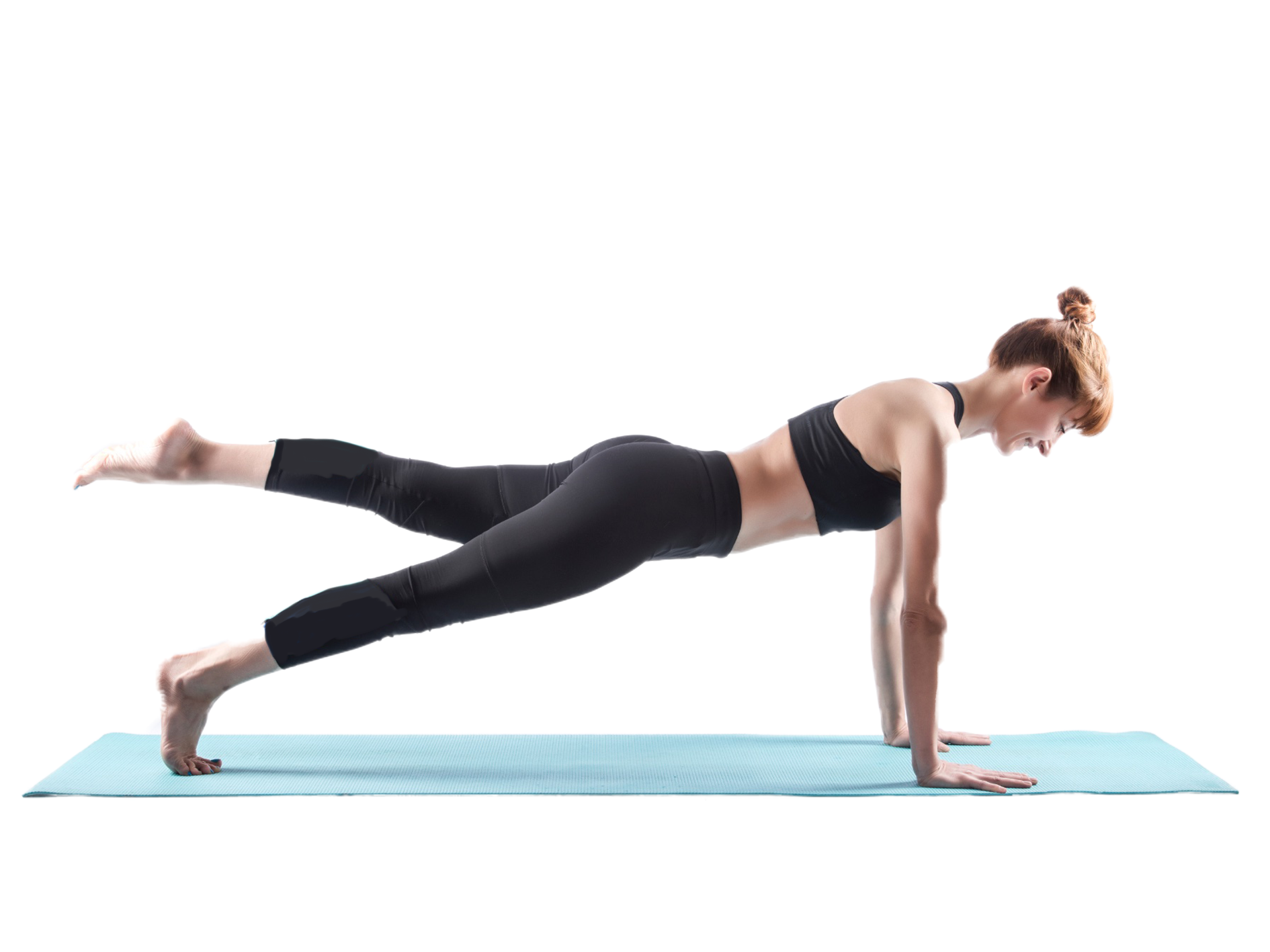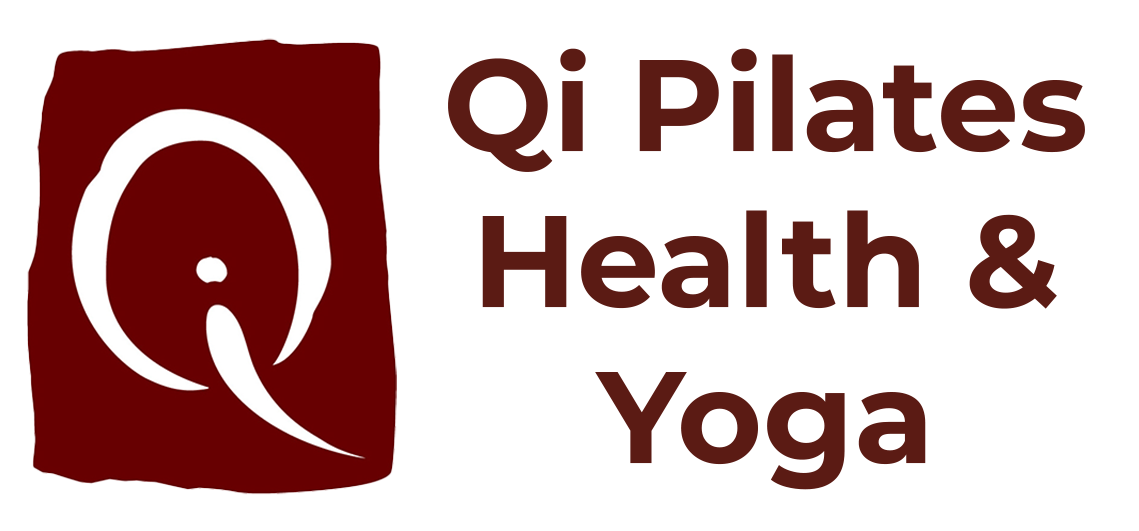Mat Pilates
Pilates (pronounced puh-lah-teez) is a method of exercise and physical movement designed to stretch, strengthen, and balance the body.
Pilates was developed by Joseph Pilates from Germany during the first half of the twentieth century, Pilates developed a system of exercises to strengthen the human mind and body, believing in a strong connection between physical and mental health.
In the 1920’s Joseph Pilates invented an apparatus, which could both address physical dysfunction or injury as well as condition the body. This apparatus was the prototype for what we now know as the the Universal Reformer.
During the 1930 & 40’s Joseph Pilates developed his signature mat exercises for professional dancers, which is the basis for Mat Pilates.
What to expect:
Mat Pilates is a low-impact workout which is generally performed on the floor using your body weight as the main resistance, using gravity to stabilise your core muscles that will strengthen these core muscles as well as build muscular endurance.
Props such as chi balls, bands and rollers are sometimes used to enhance the practice.

Suitable for those who:
-
- Are looking for a low-impact, high efficacy work out
- Are wanting to be able to modify the type of exercise to decrease or increase the level of challenge to best suit their needs and abilities
- Are beginners or advanced students of Pilates
Benefits include:
-
- Enhanced Flexibility & mobility
- Mat Pilates works on gently and effectively lengthening muscles eccentrically through dynamic stretching. This targeted strengthening and stretching exercises help ease tight muscles, improve flexibility, and reduce tension throughout the body.
- A 2016 study found that Pilates may be more effective for improving flexibility in older women compared to static stretching
- Increased Body awareness and balance
- A 2022 study confirmed that Pilates exercises performed at mat level for 6 weeks in healthy individuals had positive effects on trunk proprioception and core muscle endurance.
- A systematic review in 2011 on the effects of pilates method of exercise in healthy people that there was strong evidence to support the use of the Pilates Method Exercise (PME) at least to the end of training to improve flexibility and dynamic balance and moderate evidence to enhance muscular endurance.
- Improved Posture & core muscle strength
- Mat Pilates integrates functional movements that work the both the deeper and superficial muscles to improve posture and promote efficient movement.
- A 2013 study observed that postural alignment was enhanced after undertaking Pilates mat exercise sessions three times a week for 12 weeks.
- A 2020 study showed that Pilates mat exercises contributed to increase in the strength and endurance of core muscles in post delivered women and even improve the fitness of women by improvement in cardiorespiratory fitness and decrease in the girth measurements
- Reduced Stress
- By focusing on breath control and precise movements, Pilates can help to reduce stress and tension in the body, promoting feelings of calm and relaxation.
- Reduced pain and discomfort
- A 2013 study on the effectiveness of a 6-week Pilates programme on outcome measures in a population of chronic neck pain patients found that Pilates has a role to play in reducing pain and disability in neck pain.
- A 2023 study found that a 10-week mat-Pilates program reduced pain and improved disability in older women with chronic non-specific low back pain (NSLBP), effects which persisted at 6 months.
- A 2023 study concluded that a Mat Pilates protocol can improve the health status, pain, and functionality of older women with knee osteoarthritis (KOA).
- Improved sleep and quality of life
- Enhanced Flexibility & mobility
